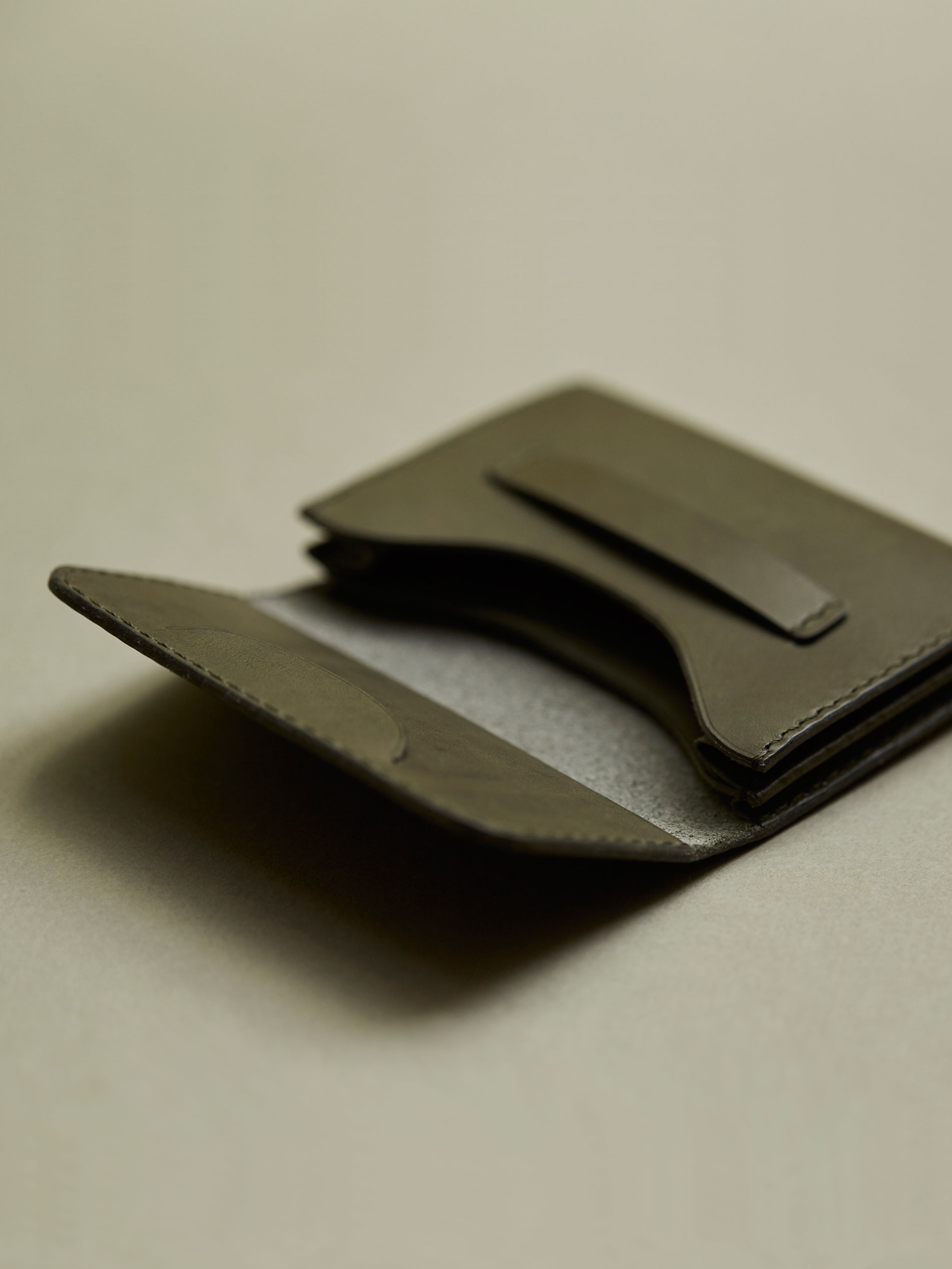I remember cycling along Kamogawa in 2014. Stopping by every few hundred meters
to watch the ducks, hear the waters, and to breathe in the mountains transported by
the breeze from afar. That Spring opened my eyes to all possibilities—it was also the
time I met my Sensei and his Wife. Spending that time in Kyoto inspired me to step
away from what was convenient, to chase a dream I have had for a long time.
Titled “roots”, this second capsule collection is a traceback to the feeling of new
beginnings; the chasing of a dream, a hunger for knowledge, and the opportunity of
being able to do something you love without fear of failure. Designs are composed of
shapes with a subtle note of irregularity that resembles the oddity of growing roots.
Each stitch is hammered and sewn together by hand, using natural ramie threads,
reflecting a character and techniques that cannot be replicated by mass industries.
On a journey of self-discovery and growth, we connect deeply to the purity of the
earth silently and slowly, growing rooted like a tree. While it is easy to get
distracted by the fast pace of the world all around—like the weather, the lives you
meet (big or small) or obstructions that might hinder your view, we hope
this collection serves as a reminder to always go back to how it started.

Photographer / Ryan Loh
Model / Edna Sun
















 .
. 


 .
. 
 .
. 